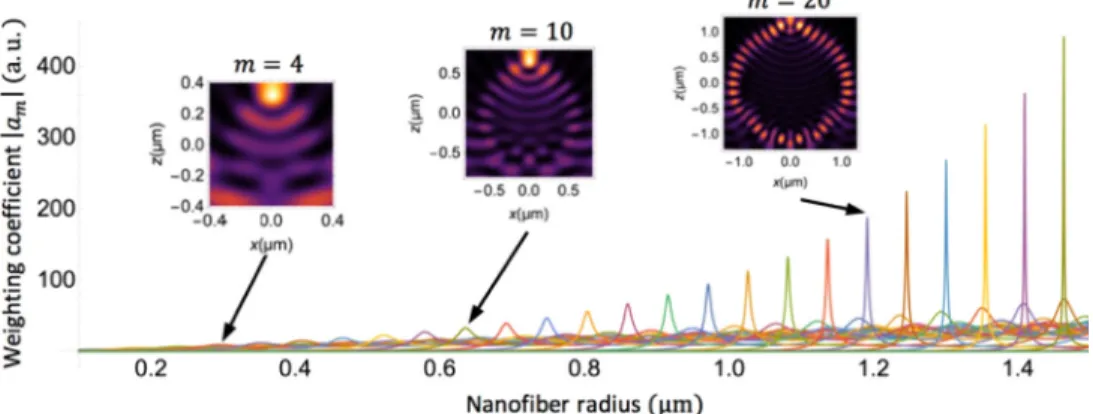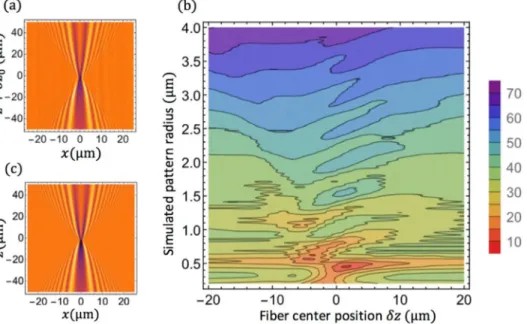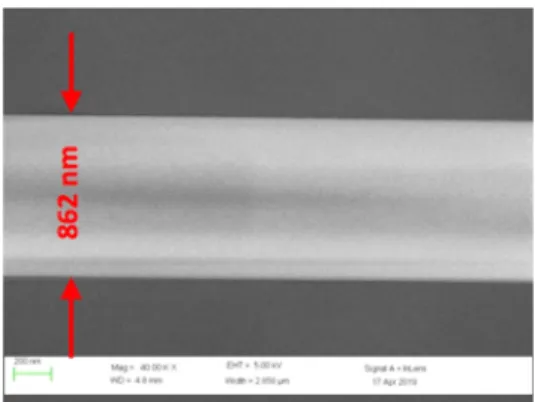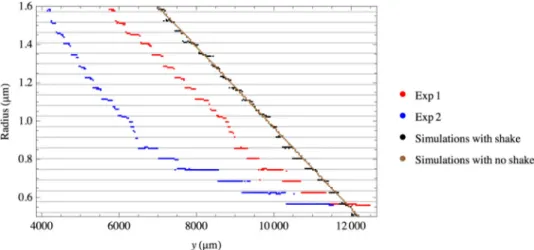Optical microscopy for measuring tapered fibers beyond the diffraction limit
Texte intégral
Figure
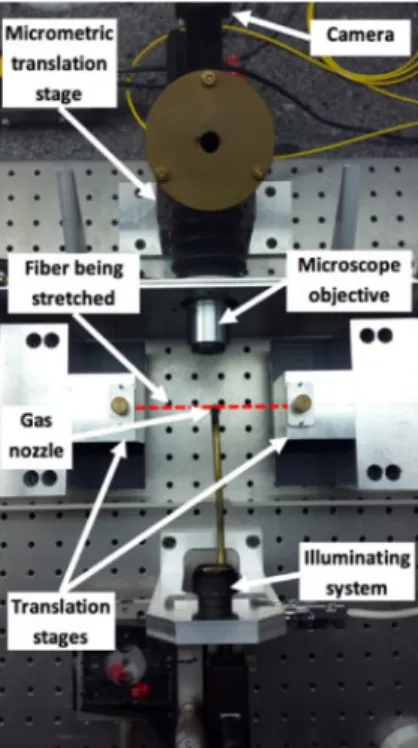
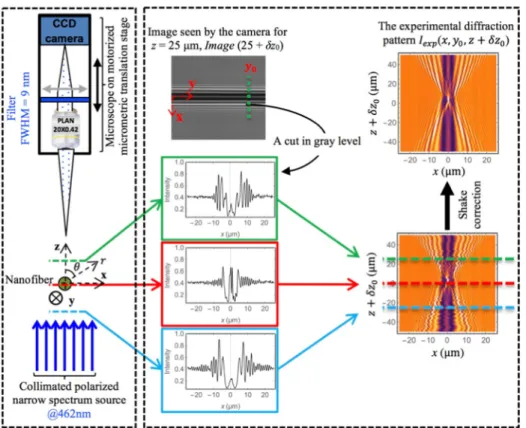
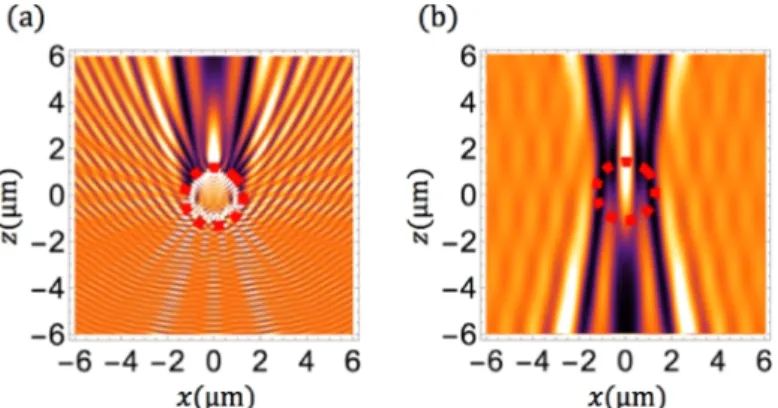
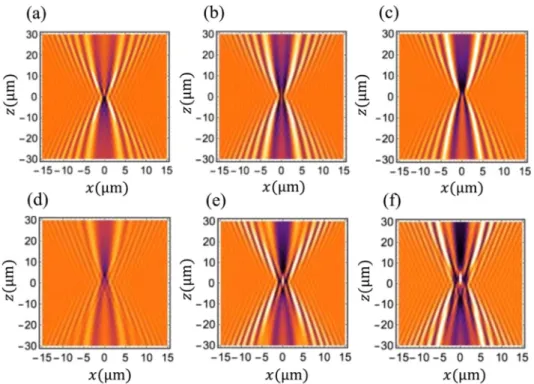
Documents relatifs
The function medlateweight yields (i) the (total) local average treatment effect (LATE) among compliers based on IPW, (ii) the average natural direct and indirect effects under
In the first section we define the rule to be analyzed and give analytical results about the limit of capacity of the perceptron for this rule and the minimum error
Conventional waveguide gratings (see example in Fig. 1a) operate in three different regimes 10 : (i) radiation, where the light is scattered away from the grating through excitation
Even so, expected environmental concentrations are in the low nanograms per litre to micrograms per litre range, requiring trace analytical techniques to be applied, which means
In conclusion, there are two niain advantages to the AMIR method: (i) the overall quality and strength of the AMIR- compacted asphalt concrete is better than that
La carte des zones sismiques du Canada (figure 1), Publiée dans un document du Code national du bâtiment 6 , délimite les diverses zones d'après l'importance probable des mouvements
Although aspirin and ticagrelor used separately slightly decreased platelet aggregation compared to untreated and infected PRP ( Figures 1B and 2C ), the highest decrease was
Ce type de comportement a été découvert par Robert Hooke cité par (Belhannachi Chikhi, 2010) , qui publia la loi qui porte son nom en 1678 dans De Potentia Restituva La
